Nature is full of fascinating and sometimes eerie phenomena, but few are as intriguing as the “zombie fungus” that manipulates the behavior of its hosts. This fungus, primarily from the genus Ophiocordyceps, has developed a unique parasitic relationship with insects, particularly ants, turning them into unwitting carriers of its spores.
How the Zombie Fungus Works

The life cycle of the zombie fungus begins when its spores land on an insect, often an ant. The spores penetrate the exoskeleton and begin to grow inside the host, spreading throughout its body. Once inside, the fungus releases chemicals that influence the ant’s central nervous system, effectively taking control of its behavior.
The Hijacking Process
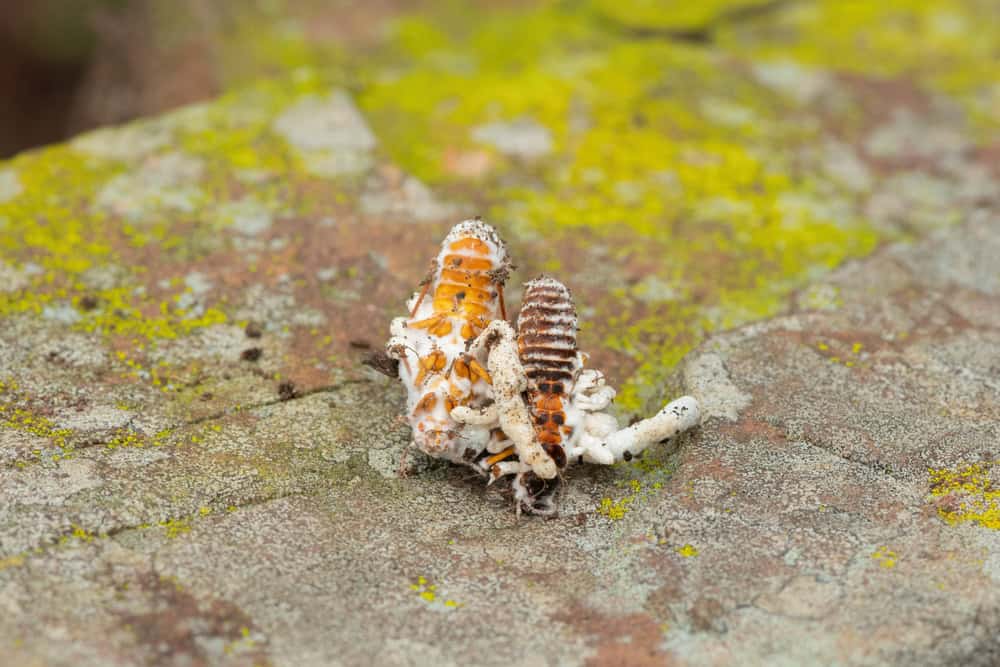
Infected ants are driven by the fungus to leave their colony and climb vegetation. This is a critical part of the fungus’s life cycle. The ant, under the influence of the fungus, ascends to a height that provides optimal conditions for fungal growth and spore dispersal. Once the ant reaches a suitable location, it is compelled to clamp onto a leaf or twig with its mandibles in a death grip, often referred to as the “death grip” or “death bite.”
The Final Stage
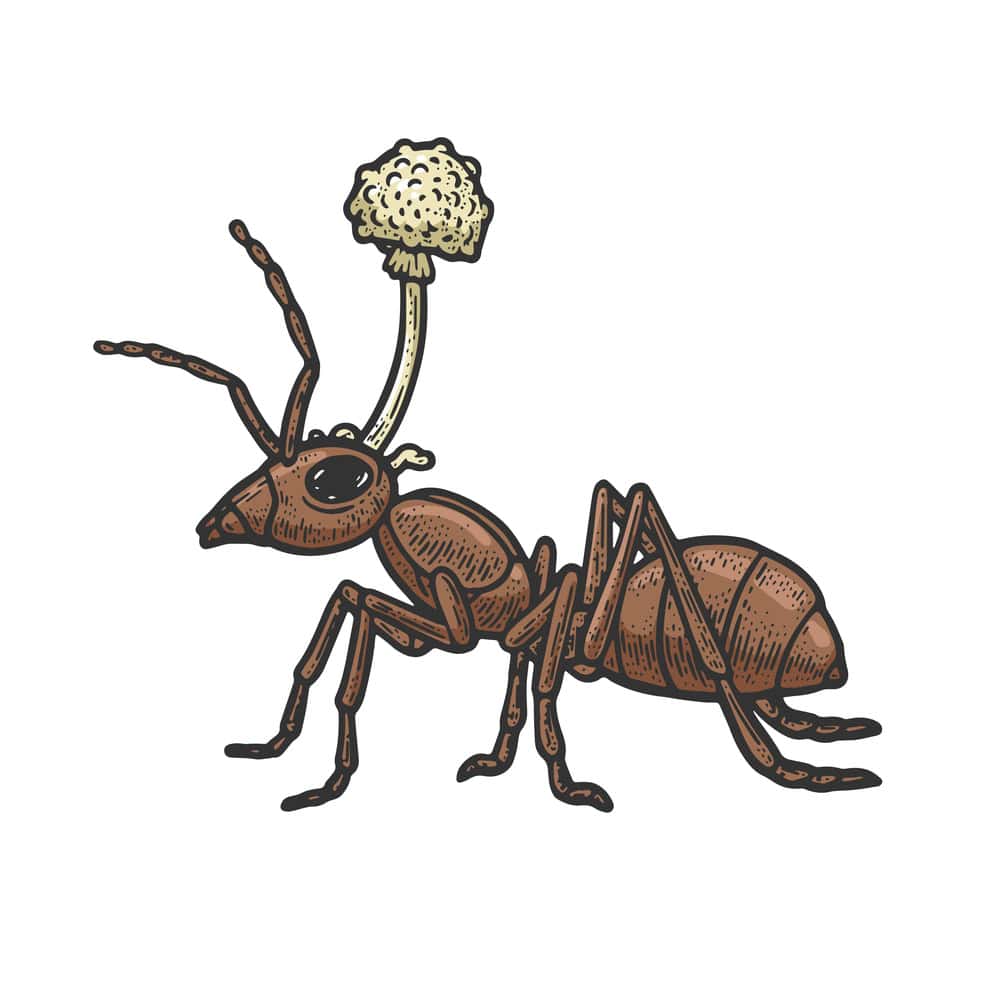
After securing itself in place, the ant dies, and the fungus continues to grow, eventually erupting from the ant’s body. The fungus produces a fruiting body that releases new spores into the environment, ready to infect more unsuspecting ants. This cycle ensures the propagation of the fungus, spreading its influence across the ant population.
Variations in the Fungus
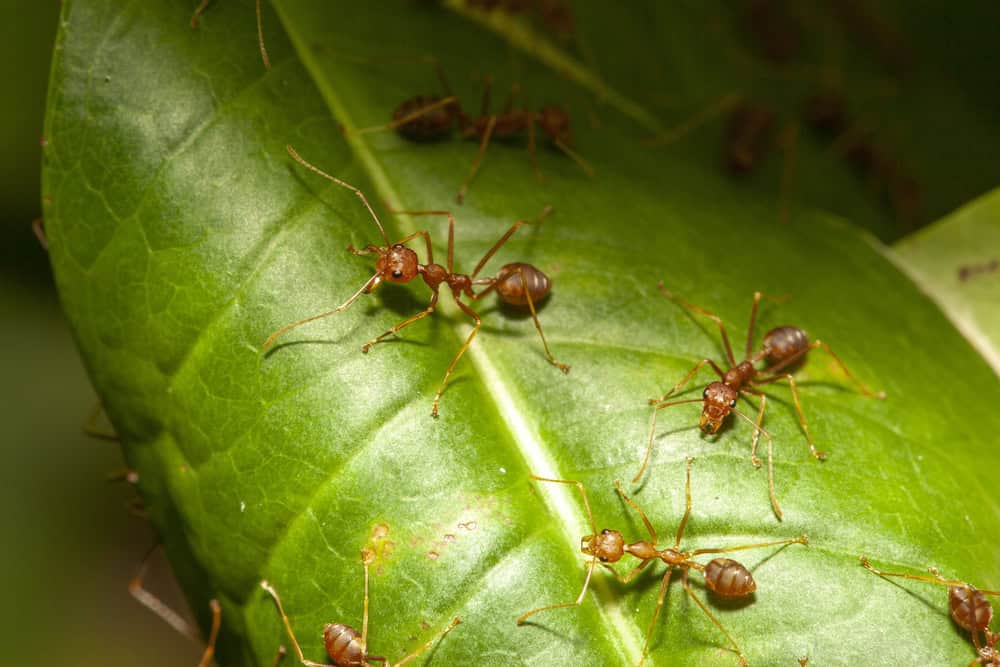
While Ophiocordyceps unilateralis is the most well-known species for its dramatic effects on ants, other species within the Ophiocordyceps genus target different insects, including beetles, butterflies, and even spiders. Each species has evolved specific mechanisms to control its host and ensure the successful spread of its spores.
Ecological Impact

The impact of the zombie fungus on insect populations and ecosystems is significant. By controlling insect behavior, the fungus can influence the dynamics of insect communities and their interactions with the environment. However, these fungi also play a role in regulating insect populations, which can be beneficial for maintaining ecological balance.
Scientific Insights
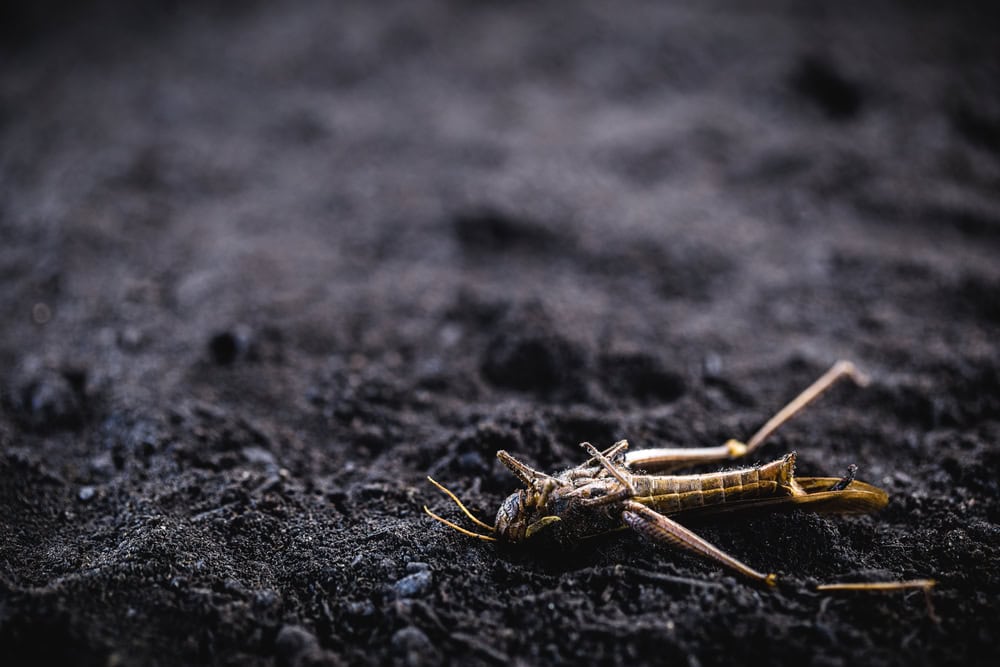
Researchers are continually studying the zombie fungus to understand its complex interactions with its hosts. The fungus’s ability to manipulate behavior raises questions about neurobiology and the chemical mechanisms involved. Insights gained from studying these fungi could potentially lead to advancements in fields such as neuroscience and parasitology.
What Is the Zombie Fungus?
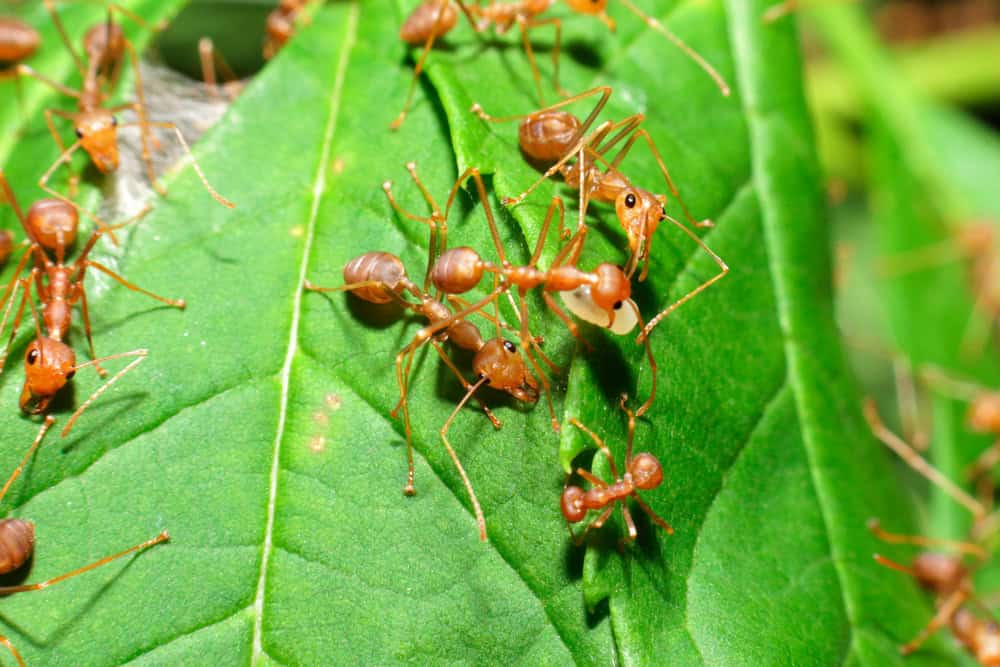
The zombie fungus, primarily from the genus Ophiocordyceps, is a parasitic fungus that infects insects, particularly ants. It takes control of the host’s behavior to ensure the fungus’s spores are spread effectively. This fungus penetrates the insect’s exoskeleton, grows inside, and manipulates its nervous system to control its actions.
How Does the Zombie Fungus Control Its Host?
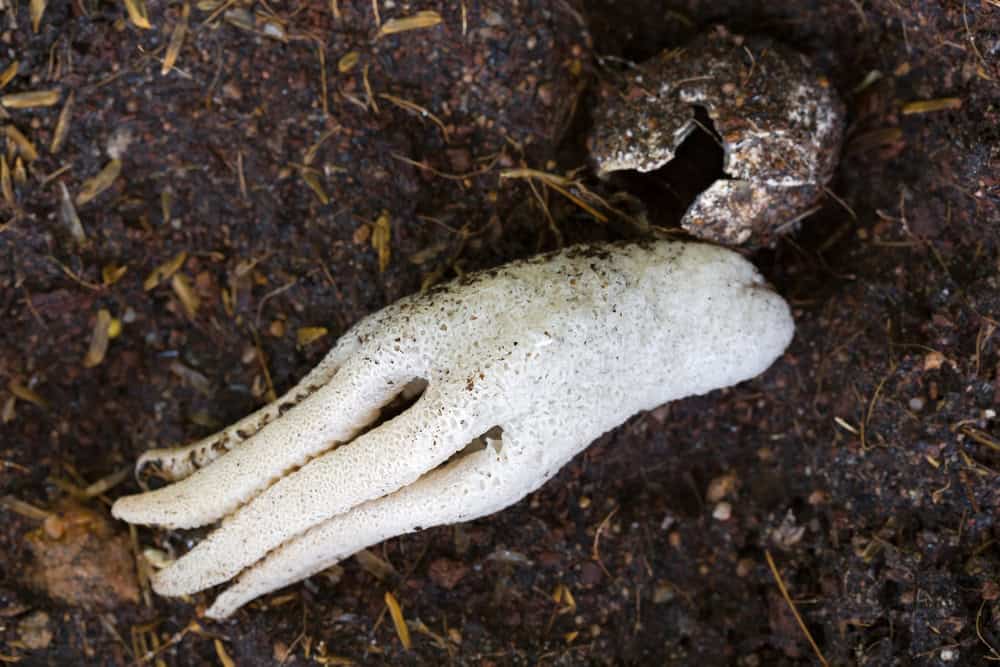
The fungus releases chemicals that hijack the host’s central nervous system. Infected ants, for instance, are driven to climb vegetation and latch onto leaves or twigs with a “death grip.” This behavior ensures the fungus has an optimal environment for growth and spore dispersal after the ant dies.
Why Is It Called the “Zombie” Fungus?
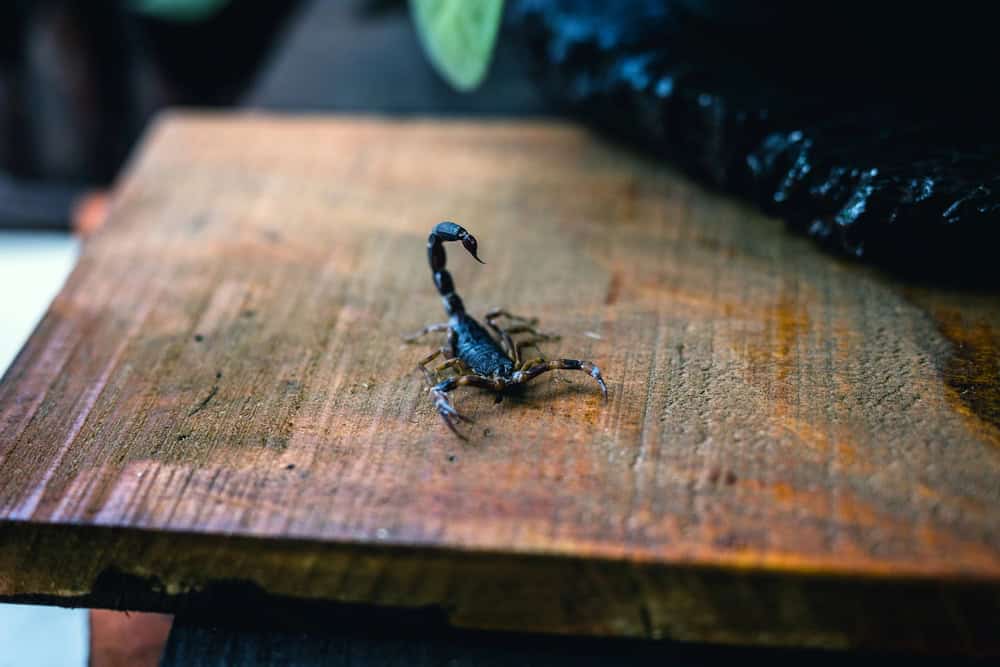
The term “zombie fungus” comes from the fungus’s ability to manipulate the behavior of its host, effectively turning it into a “zombie.” The host insect acts in ways that are beneficial to the fungus’s life cycle, even though these actions are detrimental to the host itself.
What Happens After the Host Dies?

After the host dies, the fungus continues to grow, eventually erupting from the host’s body. It then produces a fruiting body that releases new spores into the environment, which can infect other insects and continue the cycle. This gruesome process is a hallmark of the zombie fungus’s life cycle.
Are There Other Species of Zombie Fungus?

Yes, while Ophiocordyceps unilateralis is the most well-known species for its effects on ants, there are other species within the Ophiocordyceps genus that target different insects, including beetles, butterflies, and even spiders. Each species has evolved unique mechanisms to control its specific host and ensure successful spore dispersal.
How Does the Fungus Spread Its Spores?
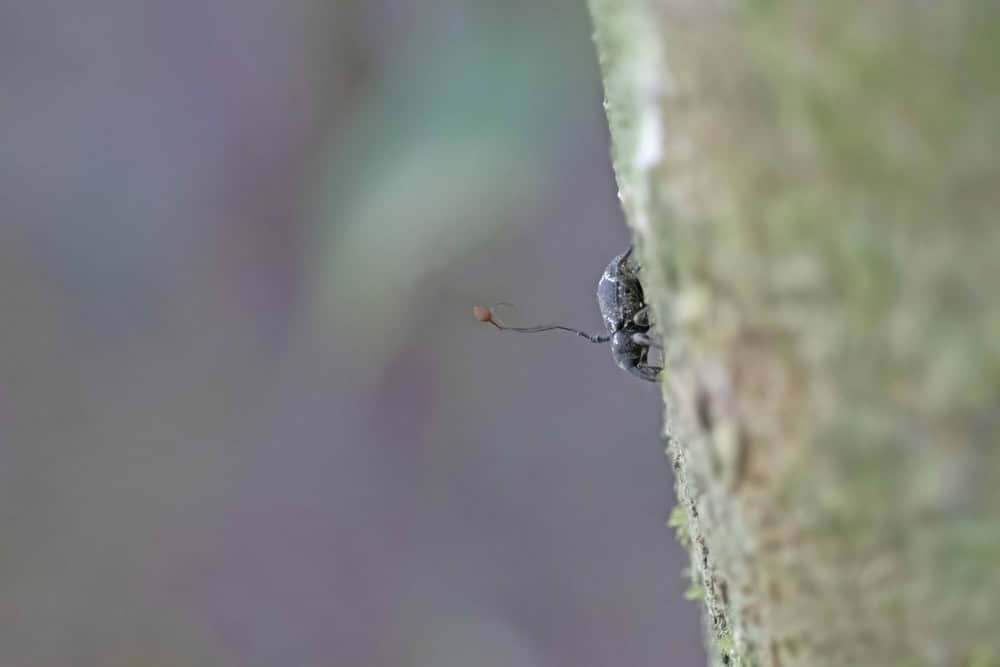
Once the host insect dies and the fungus matures, it produces a fruiting body that erupts from the insect’s body. This structure releases spores into the environment, which can then land on new hosts, continuing the infection cycle. The strategic positioning of the dead host helps maximize the dispersal range of the spores.
What Role Does the Environment Play in the Fungus’s Life Cycle?
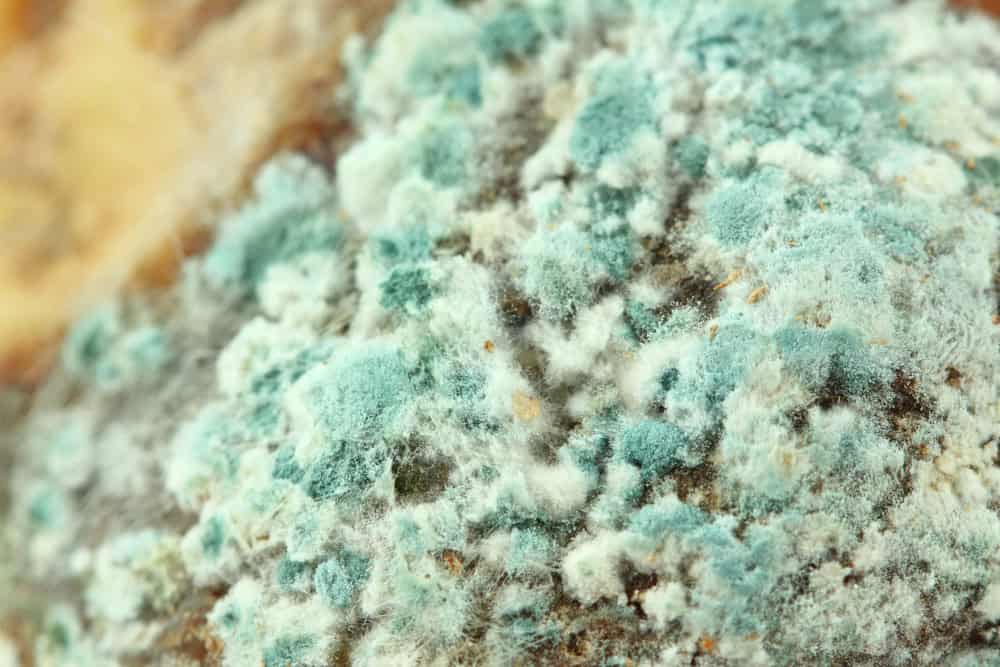
The environment plays a crucial role in the life cycle of the zombie fungus. Conditions like humidity, temperature, and the presence of suitable vegetation are essential for the successful growth and reproduction of the fungus. These factors help determine where infected hosts are directed to die, ensuring optimal conditions for spore dispersal.
How Is the Zombie Fungus Studied by Scientists?

Scientists study the zombie fungus by observing its interactions with hosts in natural settings and controlled laboratory environments. They analyze the chemical compounds the fungus uses to manipulate its hosts and investigate the genetic mechanisms behind these behaviors. Research into these fungi can provide insights into neurobiology, parasitology, and even potential medical applications.
What Potential Benefits Can Humans Derive from Studying the Zombie Fungus?
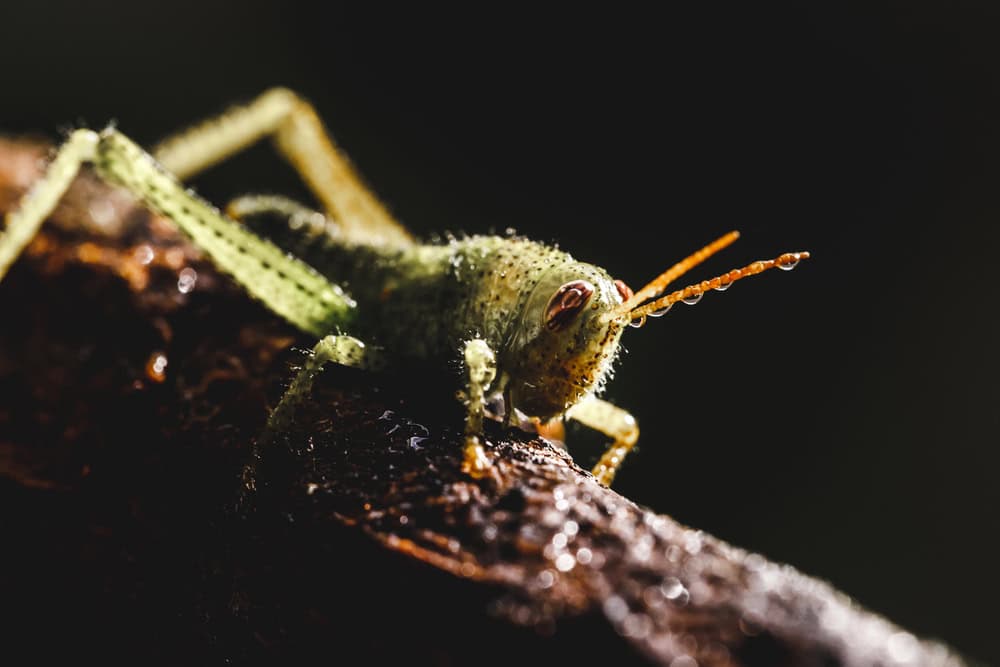
Studying the zombie fungus can offer several benefits, including advancements in understanding neurochemical processes and parasite-host interactions. These insights can contribute to medical research, potentially leading to new treatments for neurological diseases or innovative pest control methods that mimic the fungus’s precise targeting mechanisms.
Conclusion
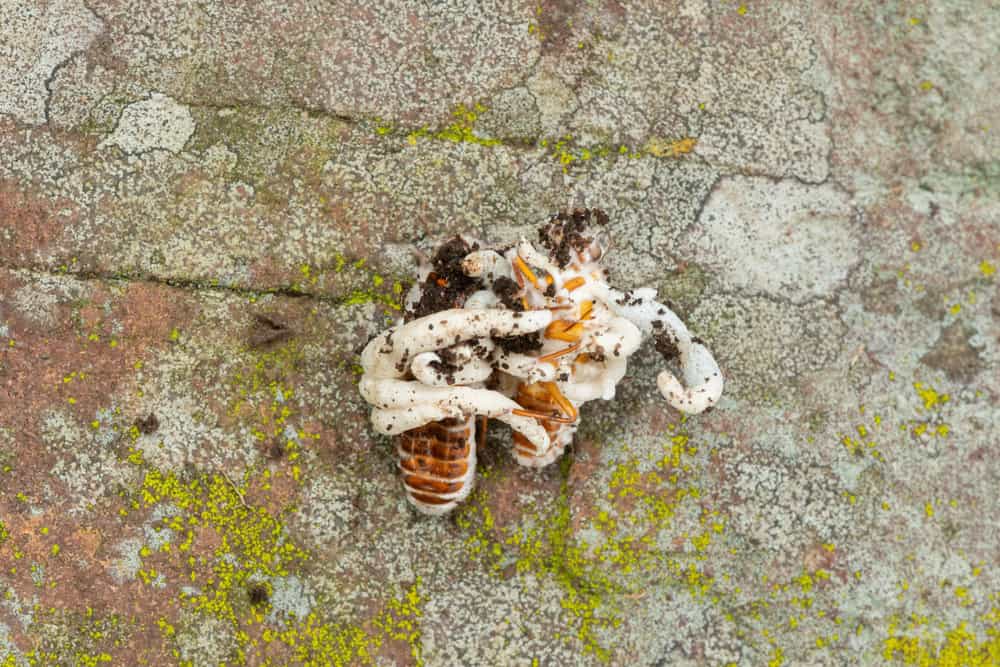
The zombie fungus is a remarkable example of nature’s complexity and the intricate relationships between organisms. Its ability to control and manipulate insect behavior highlights the lengths to which some organisms will go to survive and reproduce. As research continues, we may uncover even more fascinating details about this extraordinary parasitic fungus and its role in the natural world.
Join our Forum for free today!

- These are The 5 Largest Great White Sharks Ever Recorded - July 19, 2024
- The Surprising Benefits of Big Game Hunting - July 18, 2024
- $100k+ Hunting Experiences The Most Expensive Animals to Pursue - July 17, 2024
